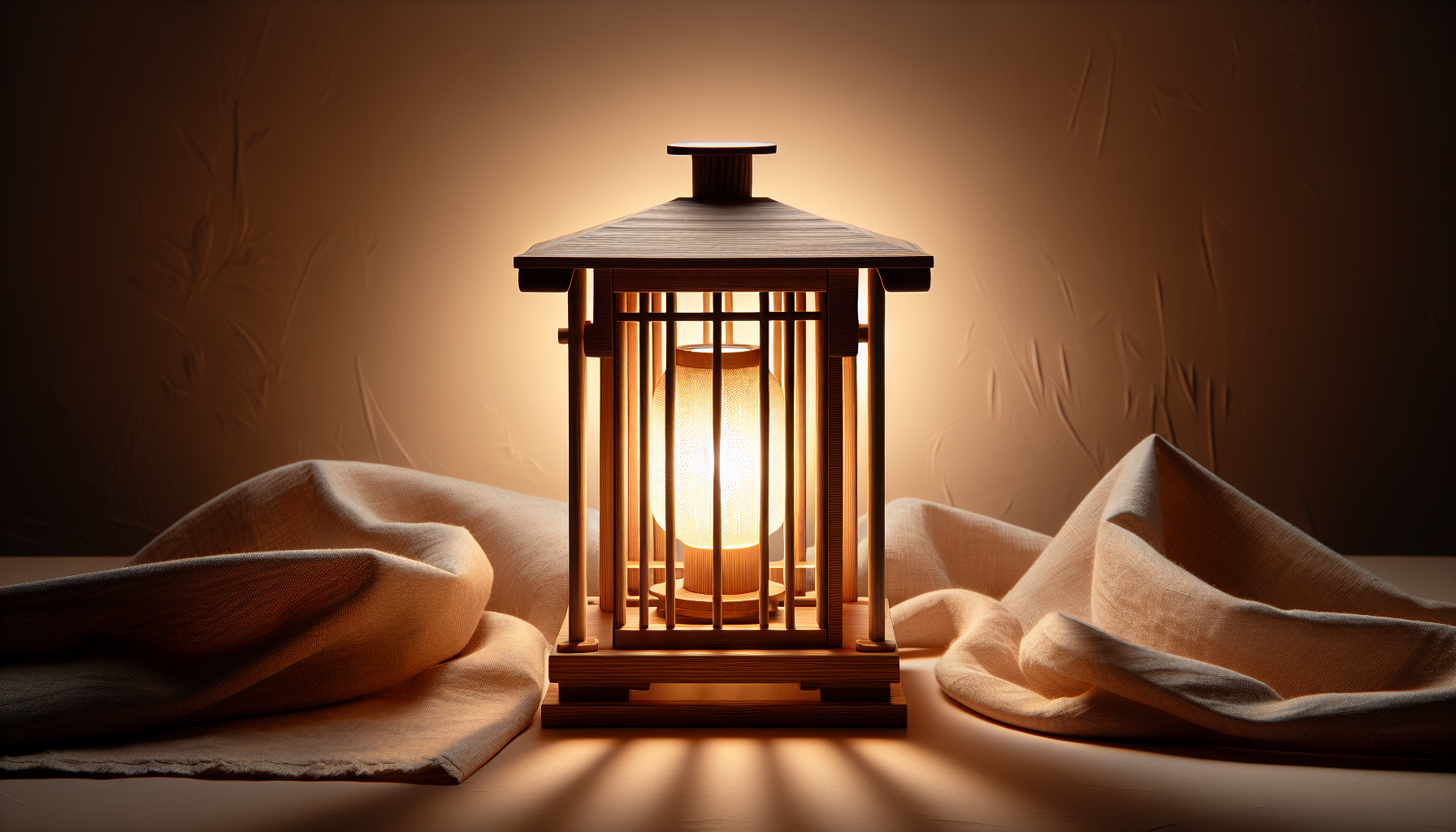Have you ever wondered how lighting can transform the mood and look of a space? It’s fascinating how the play of light can influence color perception, especially in interior design styles like Japandi. In this article, we’re going to dive deep into how light affects Japandi color choices and how you can harness this knowledge to create beautiful, harmonious spaces in your home.
Understanding Japandi Aesthetic
Japandi is a design style that merges the simplicity of Japanese aesthetic with the warmth of Scandinavian design. Imagine natural materials, minimalist lines, and a neutral palette that evokes tranquility. This style prioritizes function without sacrificing beauty, creating spaces that feel calm and inviting.
The Core Principles of Japandi
- Simplicity: Japandi emphasizes clean lines and a clutter-free environment. Each piece of furniture or decor should serve a purpose while offering visual appeal.
- Natural Materials: Wood, bamboo, linen, and ceramic are commonly used, providing warmth and texture to spaces.
- Neutral Color Palette: Soft whites, earthy tones, and muted pastels create a serene atmosphere. The color choices play a crucial role in enhancing the overall aesthetic and mood of the environment.
The Role of Light in Interior Design
Light is a vital element in any room. It can significantly impact how colors are perceived and how a space feels. Different times of the day, weather conditions, and artificial lighting can all alter the way colors appear. Understanding this can help you make informed decisions about color choices in your Japandi-inspired space.
Different Types of Light
- Natural Light: This type of light varies throughout the day as the sun moves across the sky. It offers a spectrum of colors that can enhance or modify wall colors and furnishings.
- Artificial Light: Includes ambient, task, and accent lighting. The type, color temperature, and placement of light fixtures can create different moods and highlight specific design elements.
The Color Temperature of Light
Light can be categorized into different color temperatures:
- Warm Light (2700K-3000K): This resembles the glow of a candle and is often used in living areas to create a cozy atmosphere.
- Neutral Light (3500K-4100K): This is more balanced and is often used in workspaces for a clear, focused environment.
- Cool Light (5000K-6500K): Resembling daylight, this is energizing and is commonly used in commercial spaces.
Understanding the color temperature is essential because it influences how the colors in your Japandi design are perceived.
How Light Affects Color Perception
The Interaction Between Light and Color
Light can change the appearance of colors in several ways:
- Hue: The actual color can appear different depending on the light source. For instance, a muted green might look gray in shadow but come alive in bright daylight.
- Saturation: The intensity of a color can diminish under poor lighting conditions. A vibrant orange could appear dull and lifeless in dim light.
- Value: Light influences how light or dark a color appears. Natural lighting makes colors appear lighter and more vibrant, while artificial lighting may absorb some of those hues and dull them down.
Examples of Color Changes in Lighting Conditions
| Light Type | Example Color (under light) | Example Color (under the light) |
|---|---|---|
| Natural Light | Soft Green | Bright Green |
| Warm Artificial Light | Creamy Beige | Yellowish Beige |
| Cool Artificial Light | Deep Navy | Dark Blue |
These variations highlight the importance of testing color choices under different lighting scenarios before finalizing your Japandi design.
Choosing Colors for a Japandi Space
The Foundation: Neutrals
In Japandi design, neutrals create a calming backdrop. Shades of white, gray, and beige play alongside wood tones. These shades harmonize with natural lighting, making spaces feel airy and expansive.
- White: A crisp, clean color that reflects light well, making rooms feel larger and more open.
- Gray: Offers a modern touch while remaining warm enough to create an inviting space, especially in well-lit areas.
- Beige: Soft and warm, it adds depth and can complement varied light sources.
Adding Accent Colors
While neutrals form the foundation of Japandi, well-placed accent colors can add character and liveliness to your design.
- Muted Earth Tones: Terracotta, ochre, and sage can bring a sense of nature into your space, especially in bright daylight.
- Pastels: Soft blues, blushes, and mint are perfect for adding a gentle touch to your environment without overwhelming the senses.
- Deep Colors: Rich navy and forest green can act as powerful accents, best appreciated under artificial light to capture their essence.
Testing Color Choices in Different Lighting
The Importance of Samples
When deciding on color, always consider sampling. Apply swatches in your space and observe them at different times of day. This practice helps you understand how light interacts with each color and the overall vibe it creates.
- Daylight Testing: Observe how colors appear during the day when natural light is at its strongest; this is when hues are most saturated.
- Evening Testing: Take note of colors under warm, artificial lights to assess how they transform your space.
- Night Testing: Flashlights and lamps can help you understand darker corners and reflective surfaces.
Create a Color Test Board
Creating a test board can be a fun project:
- Gather small samples of your desired colors.
- Attach them to a board and place it in various areas of your room.
- Observe how they change throughout the day and note your preferences.
Practical Tips for Lighting Your Japandi Space
Layering Light
Effective lighting design typically combines different types of lighting:
- Ambient Lighting: This serves as the primary light source, providing overall illumination. Consider installing recessed lighting or overhead fixtures.
- Task Lighting: Focus light on specific areas, such as reading lamps or under-cabinet lighting in a kitchen.
- Accent Lighting: Use to highlight artwork or architectural features, helping bring elements of your Japandi design to the forefront.
Choosing Light Fixtures
Opt for fixtures that align with the Japandi aesthetic:
- Natural Materials: Look for options in wood, rattan, or even ceramic. These can match well with your chosen palette while enhancing warmth.
- Simplicity: Select fixtures with clean lines and minimal ornamentation to ensure they complement rather than distract from your colors.
Mood and Ambiance
Creating the right mood is crucial. Use dimmer switches to control the intensity of your lights and consider smart bulbs, which allow for color temperature adjustments. This flexibility helps in achieving that desired tranquil Japandi feel.
Outdoor Influences on Your Japandi Space
Exterior Light Conditions
The light outside your home can also impact your indoor choices:
- Landscaping: Large trees and plants can cast shadows that influence light variations throughout the day.
- Window Placement: The orientation of your windows impacts how much light enters. North-facing windows yield cooler light, while south-facing ones provide a warm, consistent glow.
Finding Balance
Strive for harmony with the outside environment. Incorporate the views or natural scenery into your design. Using large windows or glass doors can help integrate outdoor light and colors with your interior palette.
Conclusion
So, how does light affect Japandi color choices? Light plays a pivotal role in shaping the perception of colors, highlighting the beauty and intricacies of your chosen palette. By understanding how natural and artificial lighting alters color appearances, you can create a serene and inviting Japandi-inspired space that reflects both elegance and warmth.
Remember, the beauty of Japandi lies not just in the colors you choose but in how they interact with light, creating moments of tranquility in your home. Embrace this transformative quality, and let your space shine!

